Insulation Tips
Does Roof Insulation Make a Difference?
Does roof insulation really make a difference? Will insulating my roof help – or will it be a waste of money?
Many people rightly want to know if insulation is a good investment before they install it in their homes.
A good strong door, a fresh coat of paint, a well landscaped front yard, new fittings in the bathroom – what you see is often what you get, and if it looks good, then you’ll probably be happy with the result.
With insulation it’s a bit different. Hidden away inside your walls and ceiling cavity, you may not be able to see the effects of insulation, but you will be able to feel them.
Insulation will help keep your home more comfortable all year round, and it could slash your energy costs in half. Here’s what you need to know.
Does Roof Insulation Make A Difference?
Many Australian homes are under-insulated or don’t have any insulation at all. If your home falls into that category, you might not realise just how much difference insulation can make.
Under-insulated homes often feel uncomfortably cold during winter and too hot during summer. It can be a struggle to heat or cool the home, even when the heater or air conditioner is working hard. This can lead to expensive electricity bills.
Well-insulated homes can better regulate temperatures and so they feel more comfortable, even in the peak of summer and the middle of winter. Insulation will help prevent heat from escaping when you turn your heater on in winter and it’ll make using air conditioning more energy efficient too.
How Does Roof Insulation Work?
Insulation is any material which slows down the flow of heat. Usually heat will move from hotter areas to cooler areas until the temperature is equal. Insulation will slow down heat flow and help regulate temperatures inside your home.
The two main types of insulation are bulk insulation and reflective foil insulation. Below we explain how each type works.
Bulk Insulation (Batts And Rolls)
Bulk insulation, such as polyester and glasswool batts, contains literally millions of tiny air-pockets. These air pockets break up the pathway of heat which slows down the rate of heat loss or heat gain.
Reflective Insulation
Reflective insulation is made with a thin layer of reflective material on one or both sides. This reflective layer will reflect radiant heat away from its surface.
That includes reducing heat gain in summer by reflecting radiant heat from the sun away from your home. Reflective insulation will also help in winter, reflecting radiant heat from sources inside your home to prevent heat loss.
For more information, check out our article “How does insulation work?“
What Are The Benefits Of Roof And Ceiling Insulation?
The main benefits of installing insulation in your home is improved comfort and reduced energy consumption. Installing insulation is also one of the best things you can do to make your home more environmentally friendly.
1. Year Round Comfort
Many older homes have no insulation in the walls, and there are still many Australian homes without even any ceiling insulation. This puts the home owners – or the tenant – at a distinct disadvantage.
Quite simply, an insulated ceiling will regulate indoor temperatures and increase indoor comfort all year round. This will be especially noticeable during the hottest and coldest months of the year. Insulation will also help manage temperature fluctuations throughout a single day.
2. Improved Energy Efficiency
Insulation batts, correctly installed in the walls and ceilings, will greatly reduce the amount of energy required to heat the house in winter, and keep it cool in summer. By creating a more comfortable indoor temperature, you won’t have to rely on artificial heating and cooling as much.
When you put the heater or air conditioner on, it won’t have to work as hard to keep your home at a nice temperature if you have insulation. Insulation will improve the energy efficiency of your heating and cooling appliances.
3. Increased Savings On Energy Bills
By improving the energy efficiency of your home you will also save on your energy bills. In fact, insulation in the roof and ceiling can reduce your energy bills by 25% to 35%!
So comfort factors aside, thermal insulation is a logical investment which in simple dollars terms, will usually “pay itself off” after only a few years. Most modern insulation products are designed to last the lifetime of your home.
4. Better For The Environment
Improving your home’s energy efficiency will decrease your carbon footprint. In Australia, most of our electricity comes from burning coal which is a finite resource. The process of burning coal emits harmful emissions such as sulphur dioxide and nitrogen oxides.
By installing insulation and reducing our household energy consumption, we are reducing our impact on the environment.
When Is The Right Time To Install Roof Insulation?
The best time to install insulation is during the building or renovation phase when the different areas of the home are easy to access. However, roof and ceiling insulation can often be installed at any time, provided you have safe access to the roof space.
If you have noticed any of the following signs, it might be time to install roof insulation:
- Fluctuating temperatures throughout the day
- Hard to heat or cool your house, even with your heater or air con on full blast
- Increasing power bills
- Water damage in the ceiling (water damage can compress insulation batts and reduce their effectiveness)
What Is A Good R Value For Ceilings And Roofs?
We recommend a minimum R Value of R4.0 for ceiling and roof applications in warmer climates like Perth, Brisbane and northern NSW. For cooler areas such as Melbourne and Adelaide, we recommend R5.0 or R6.0.
The R Value of a product indicates how much insulating power it has. In other words, the higher R Value you install, the greater benefits you will experience. We recommend upgrading to the highest R Value your budget allows for the greatest comfort and energy efficiency in your home.
Is It Better To Insulate The Ceiling Or Roof?
Ceiling insulation usually refers to insulation that is installed between the ceiling rafters. Roof insulation means insulation that is installed under the roof materials.
Usually insulation batts will be installed between the ceiling joists and some kind of reflective insulation will be installed under the roof material. Depending on the design of your home, different methods of insulating the roof cavity can be used.
Give our insulation specialists a call to discuss the specific needs of your project and we can point you in the direction of the best roof insulation products for your needs.
So, Does Roof Insulation Work And Is It Worth The Investment?
Insulation has been proven time and again to greatly improve the energy efficiency of homes in Australia. Whether you live in sunny Perth or the alpine regions of Victoria, insulation is a worthwhile investment that can improve comfort and decrease energy consumption.
Pricewise Insulation supplies a wide range of high quality and affordable insulation products which are ideal for roof and ceiling applications. All our products are manufactured by reputable brands to Australian Standards.
Order roof insulation online today or get in touch with our team for tailored advice.
Our BestsellersBrowse All



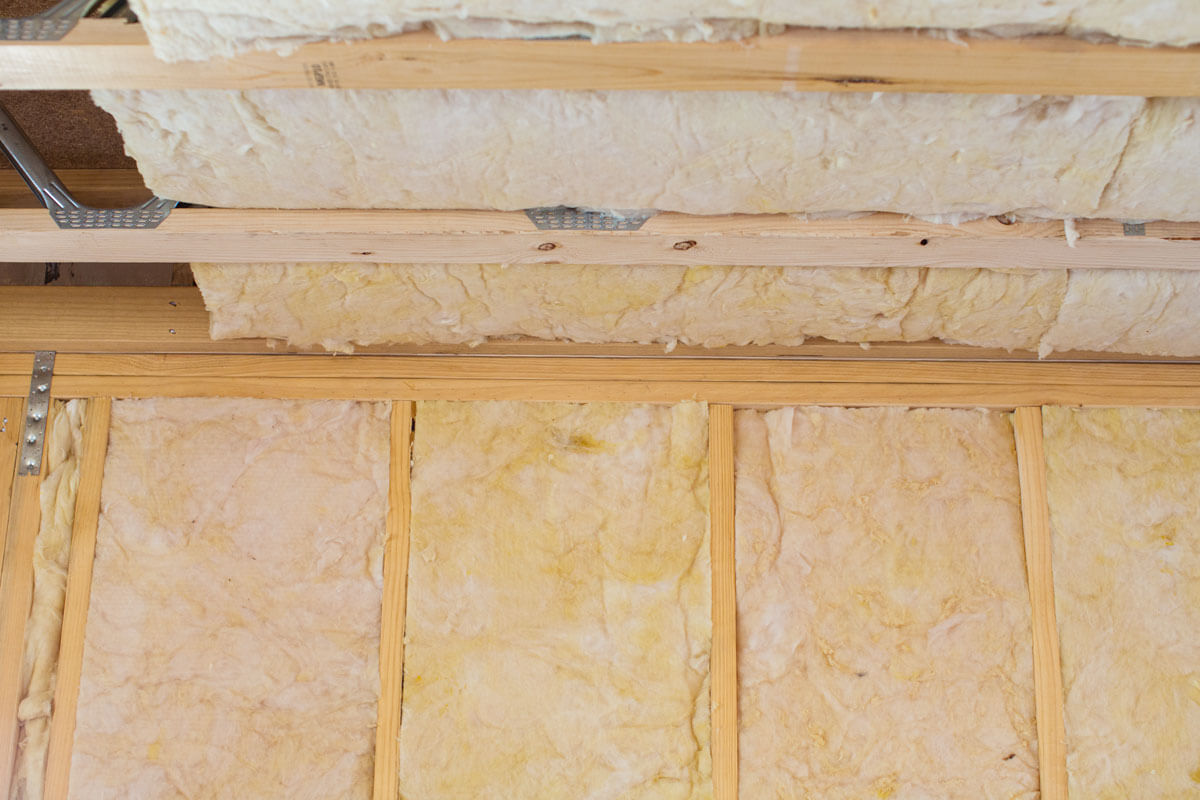
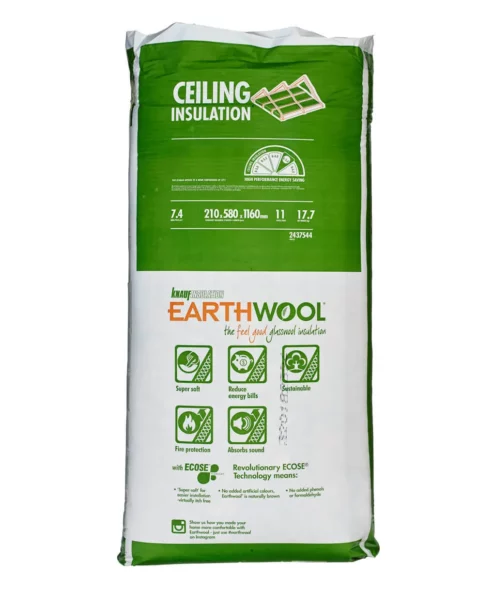
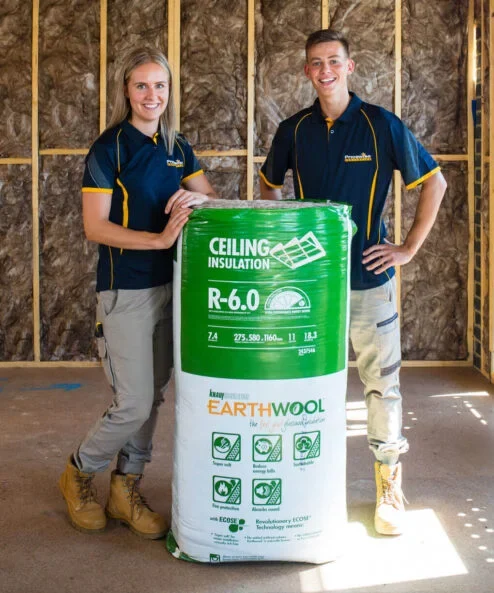
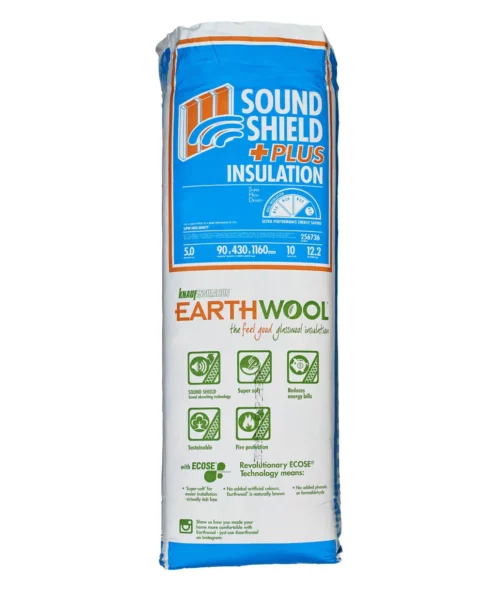
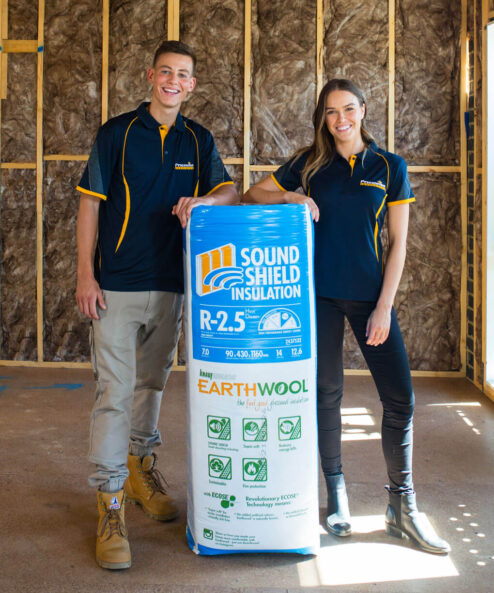
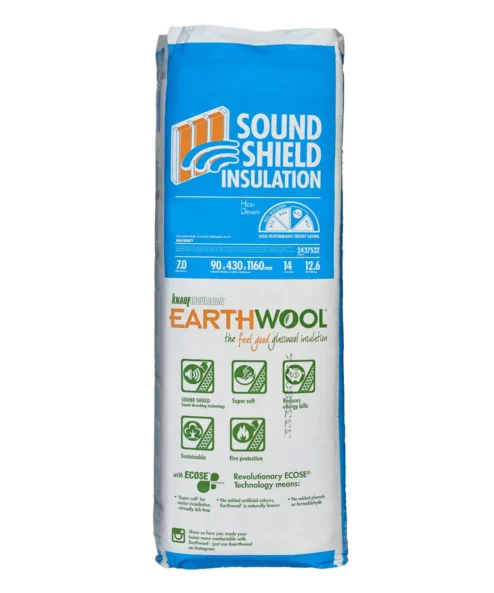
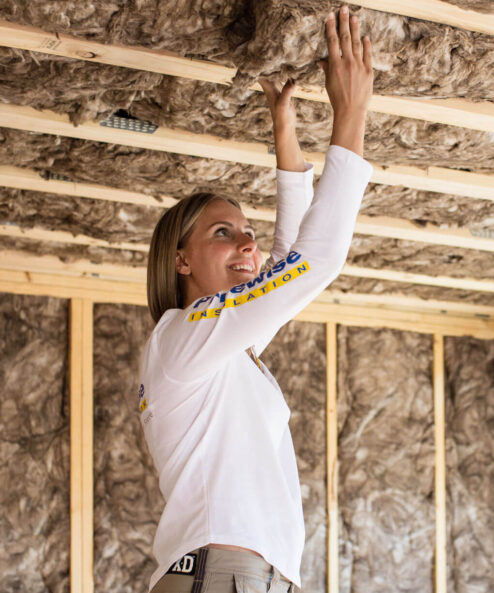
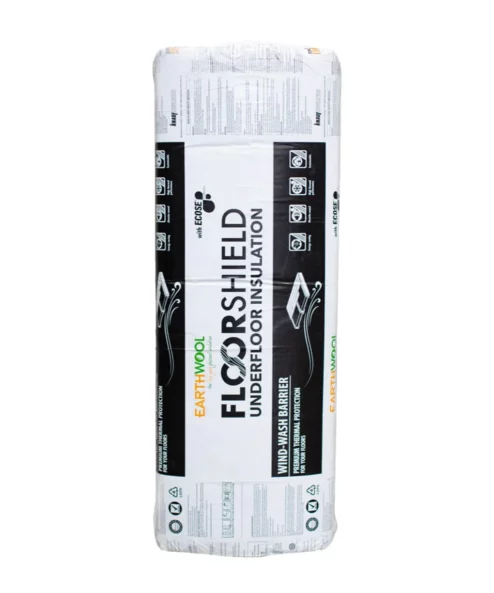
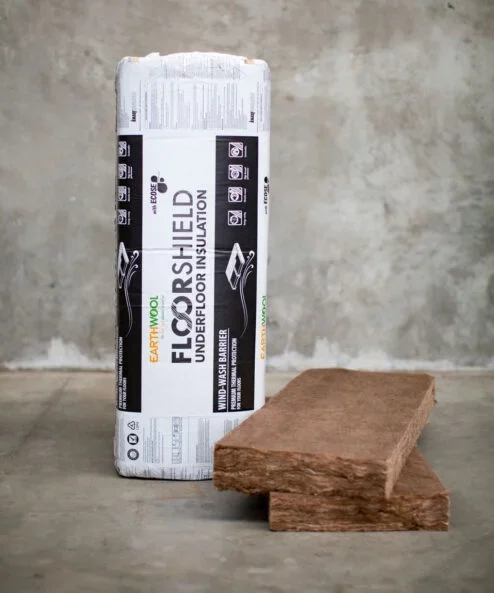
Hi there,
I am considering both roof and ceiling insulation ( even insulation between walls would be considered if it is still possible in an old house that is built 40 years ago and if I can afford) I need someone to check my house for a quote or check the size via Google map to give me a quote. I would rather communication via Email or text and will be available for over the phone discussion on Wednesdays only. Appreciate your time.
Hi Hootan,
Thanks for your enquiry – this has been forwarded to our customer service team (sales@pricewise.com.au).
Cheers,
Christa
I would like a quote to get my ceiling insulated either just the rafters or also under the tin roof
Hi Angelique,
Thanks for your comment!
For quotes, please contact our sales team at sales@pricewise.com.au or call 1300 729 639.
Kind regards
Felicity